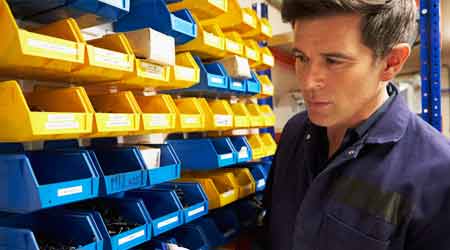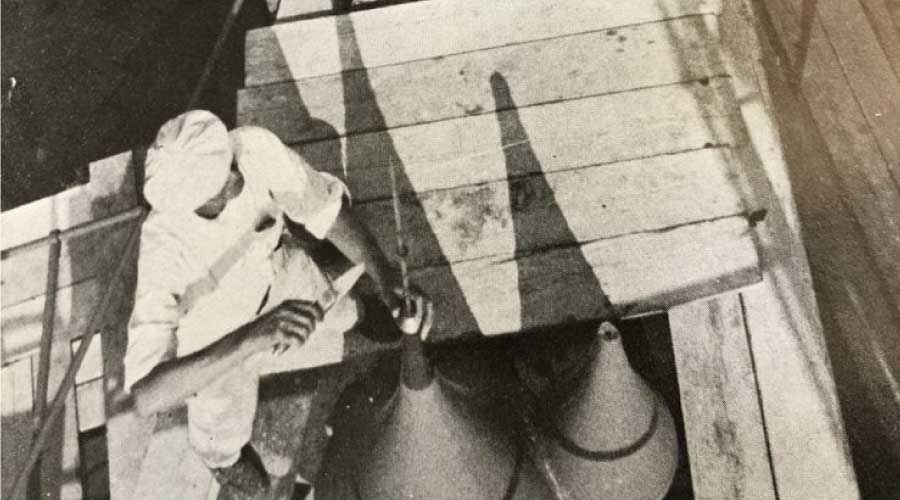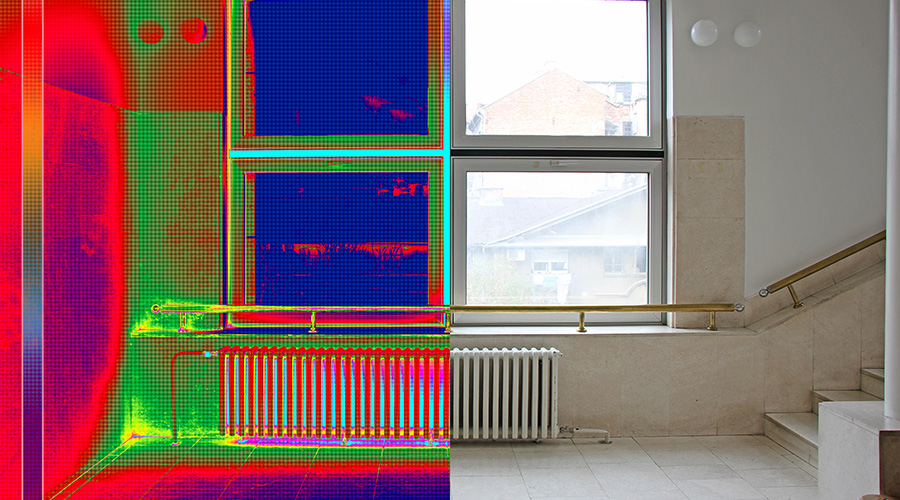Procurement Priorities Change with Increased Product Knowledge
Part three of a four-part article on procurement
The availability of greater amounts of information is enabling managers and their staffs to rethink their priorities related to products used by maintenance and engineering departments. Increasingly, decisions that had been dominated for decades by a product’s first cost now more often include discussions of the product’s impact on life-cycle costs, sustainability and ergonomics.
“Life-cycle costs is important to us because we want to feel like we’re going to get something that’s going to last a long time,” McManus says. “We’re not driven so much by initial cost. If it’s a piece of equipment we need — a sweeper truck, for example — and it’s $100,000, I obviously can’t get that next week. I need to lay the groundwork for that and let my bosses know that’s coming in a couple of years. So the bigger the initial cost, the more preparatory work I’ve got to do.”
For McManus, a key component of a product’s life cycle is its availability for crews to use.
“How much is it going to be up on the rack (for repairs)?” he asks. “Is it constantly going to be down? We want something that will last. We want something that’s sustainable in that sense. We won’t go cheap.”
As a result of more in-depth research and discussions, managers are better equipped both to share their findings and to keep track of emerging technologies.
“We spend a lot of time vetting products, and once we come to the realization that we really like this product or this process and that’s our new specification, we don’t always have the time to go back,” Walinski says. “In the case of another campus that is owned by the corporation, and they need to replace a similar product (to ours), we share our information with that campus and tell them we chose this product for these reasons.
“And if a new technology pops up, we’ll look at it, but we’re not looking to have 50 different types of the same item on our campus. We attend a number of trade shows, and we’re constantly reviewing trade publications, whether in print or online. A lot times, what we’re looking at does not come to fruition for us for years.
“It’s a very long process, between finding the technology you think is going to work, running it through the process of determining its value and then getting approval and showing its internal rate of return and getting the project completed. By showing the success of each project, it gives us validation when we promote the next project. The management here can see it in our expense numbers. It has a direct effect on the profitability of the organization.”
The role of sustainability in product procurement also has evolved as managers and their staffs have become more informed and smarter about the features and functions of products that contribute to sustainability, as well as the associated costs.
“Everybody wants to be as sustainable, yes, but at the same time, there’s a lot of cost to sustainability,” McManus says. “Sometimes you end up spending so much money becoming sustainable that you’re wondering whether you were doing something that was sustainable, or did it just say it was sustainable? They’re not really quick to jump on the bandwagon of something being sustainable.”
For Munich Reinsurance America, sustainability has become a higher priority both in terms of product procurement and project planning. Walinski says the company’s success in becoming more sustainable became apparent when New Jersey recently adopted more aggressive building codes with greater emphasis on energy efficiency.
“It makes us feel really good that most of the things they are asking companies to do now in new construction or renovation already exist on our campus,” he says. “We have seen financial improvement in terms of expenses associated with the efficiencies.
“We’ve changed out the type of cooling tower we use, we’ve added solar arrays over our parking lots. We’ve changed out the transformers to more efficient models throughout the campus. We’ve done lighting, building automation, etc. Now the New Jersey code is 50 percent of your entire plug load has to be tied to an occupancy sensor or a time clock and be shut off at certain times when it’s not in use. You need heat recovery for your HVAC system and other things, like daylight harvesting.
“A lot of these things we’ve already captured in the buildings, but others, we’ve looked at them and researched the materials, but they haven’t made it. We‘ve looked at the products, and we have a folder on the products. There’s always stuff in the pipeline. We’ve continued to find ways to show a strong internal rate of return on the work we do. But it gets more difficult. As our energy efficiency improves, we have to really search for products and rebate programs and grants that make the improvements a really easy choice for the company to make financially.
Related Topics:















